In today’s world, many of us exercise at home—whether it’s a morning yoga flow, a quick strength session, or a midday stretch between work calls. But how often do we pause to consider our posture and ergonomics during these routines? Poor alignment doesn’t just reduce exercise effectiveness—it can lead to long-term discomfort, muscle imbalances, and even injury.
The good news? You don’t need a fancy gym setup or expensive gear to practice good posture. This comprehensive, real-life checklist is designed specifically for home exercisers who want to stay healthy, strong, and pain-free—without overhauling their schedules or budgets.
Posture isn’t just about standing up straight. It’s about how your body aligns during movement and stillness. Proper posture ensures your muscles work efficiently, reduces joint strain, and supports spinal health. With more people working and exercising from home, the risk of slouching, hunching over devices, or performing exercises with poor form has increased.
Recent trends highlight posture as a key component of longevity and wellness. Simple, consistent habits—like aligning your spine during a plank or keeping your neck neutral during a stretch—can have lasting benefits.
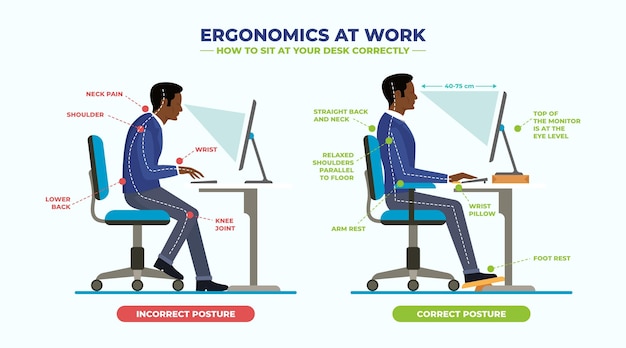
Use this practical checklist before, during, and after your home workouts. It’s built for real life—minimal time, minimal gear, maximum impact.
Even if you don’t have a full home gym, designate a small area for movement. Clear enough space to stretch your arms and legs without hitting furniture. A yoga mat is ideal, but even a towel on a flat surface works.
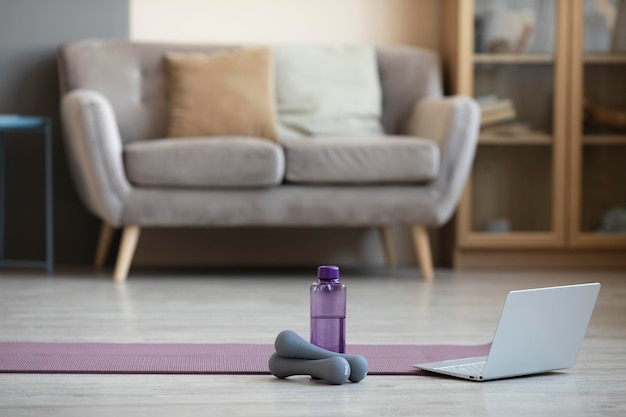
Before jumping into reps, spend 2–3 minutes tuning into your body. Stand tall and mentally run through the following:
Gently roll your shoulders, nod your head, and engage your core. This primes your nervous system for proper movement patterns.
Not every exercise works for every body. If a movement causes strain in your neck, back, or joints, adjust it. For example:
Listen to your body. Good form trumps reps every time.
If you follow workout videos, place your device at eye level. Looking down at a phone or tablet strains the cervical spine and promotes forward head posture—a common cause of neck and shoulder pain.
You don’t need resistance bands or stability balls to train with good posture. Common household items can help:
After your workout, spend 3–5 minutes realigning your body. Try these simple resets:
Posture isn’t just for workouts. Carry these habits into your day:
Small, consistent actions build lasting postural strength.
You don’t need perfect posture to benefit from better alignment. The goal is awareness and gradual improvement. Whether you’re doing a 10-minute stretch or a full workout, taking a moment to check your form pays off in the long run.
This checklist is designed for real life—flexible, accessible, and effective. Start where you are, use what you have, and move with intention. Your body will thank you.

Fitness

Fitness

Fitness

Fitness
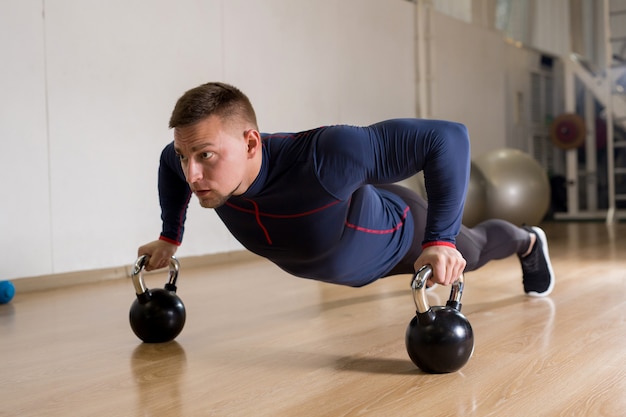
Fitness

Wellness

Fitness
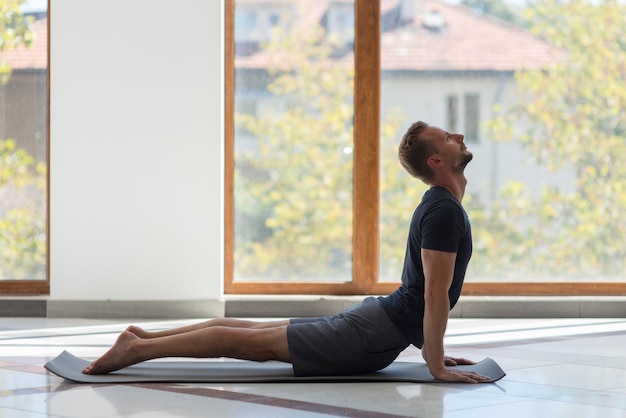
Wellness

Health

Wellness
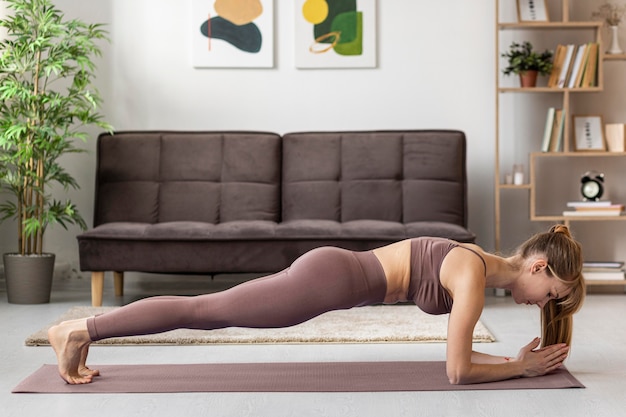
Fitness

Fitness

Health

Fitness

Health

Health